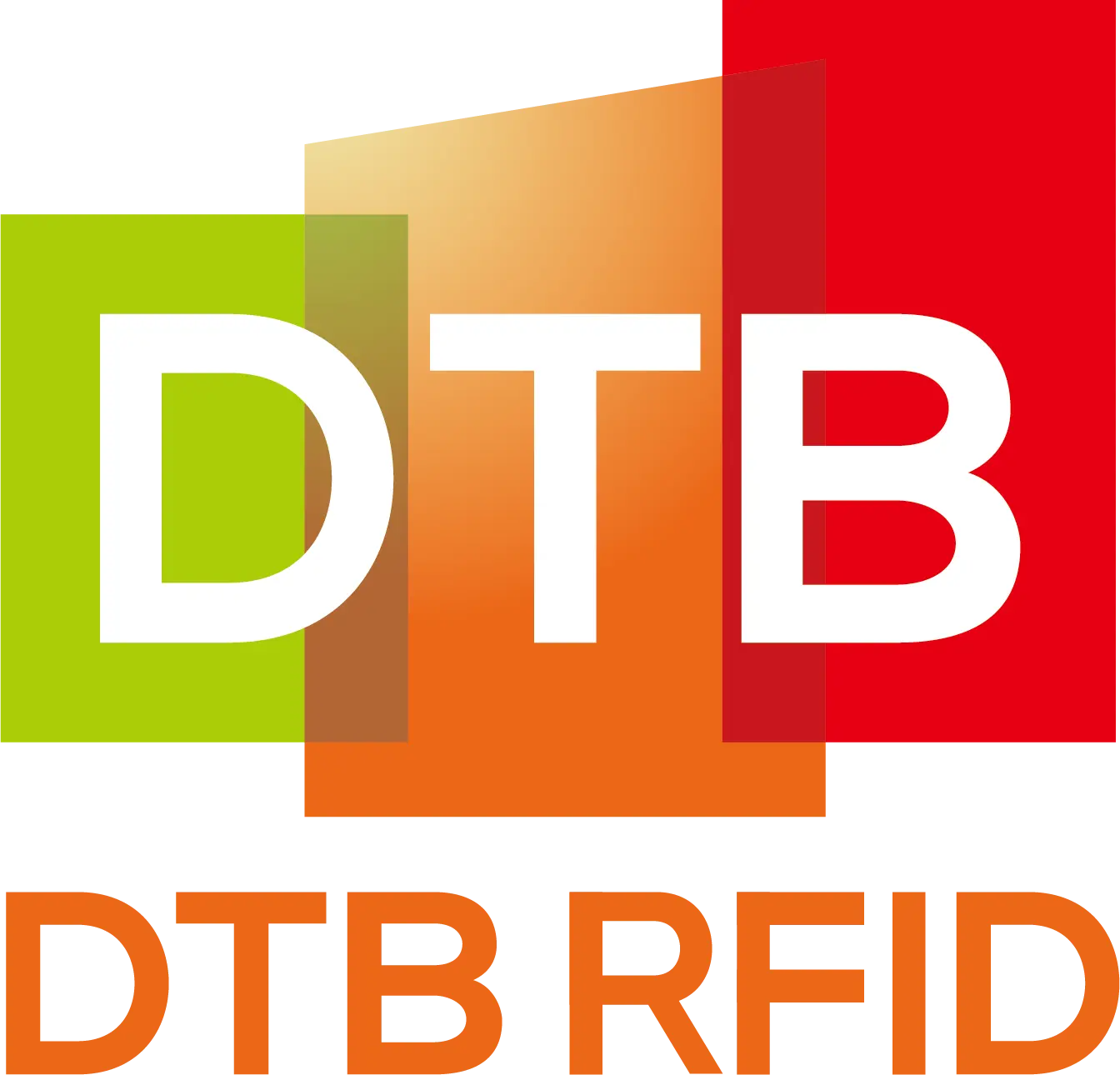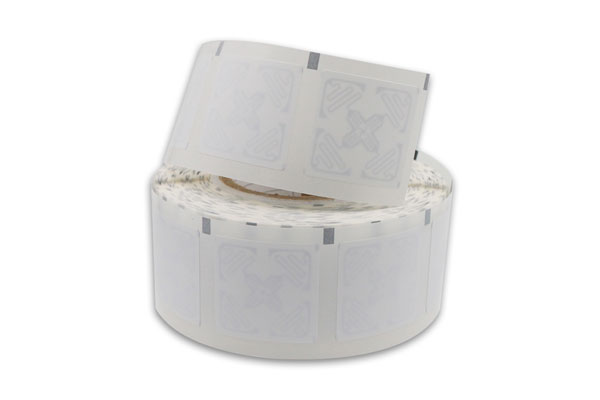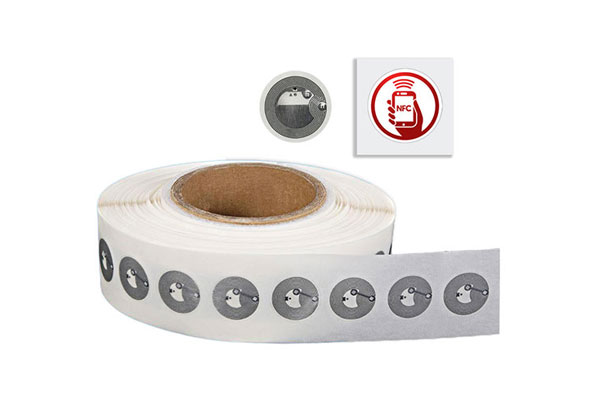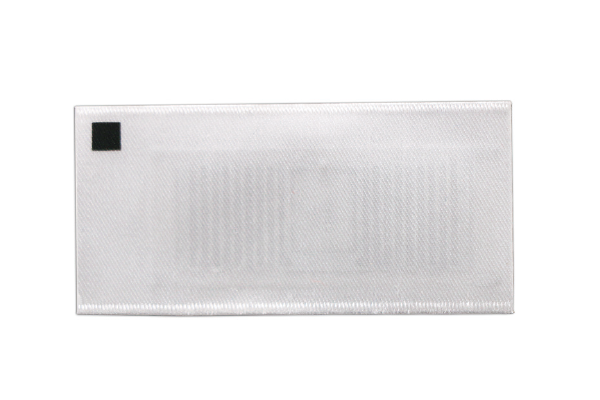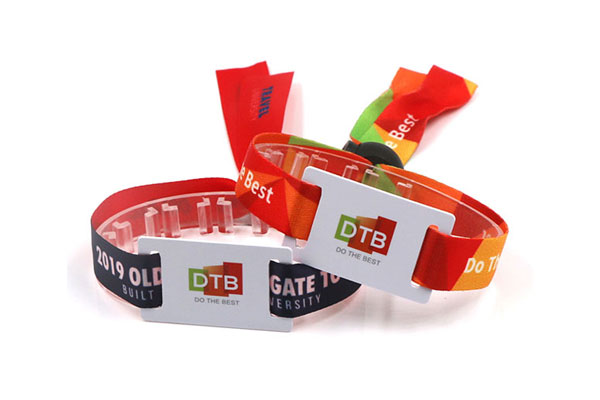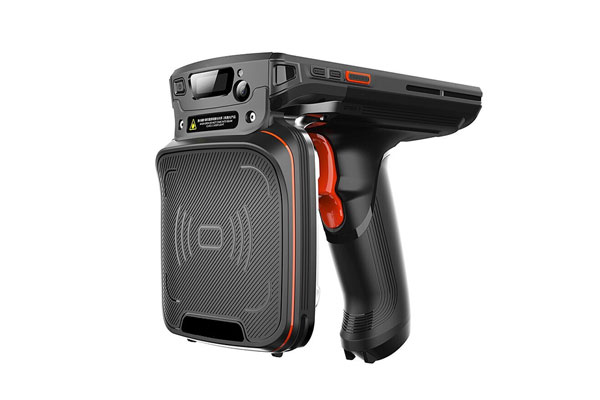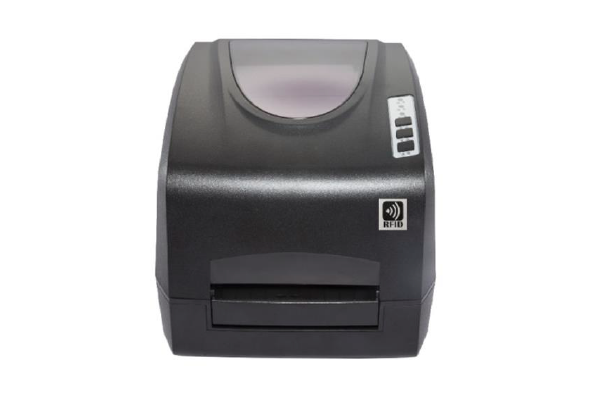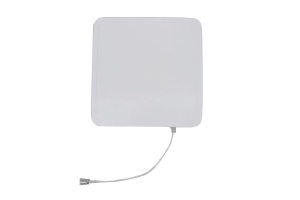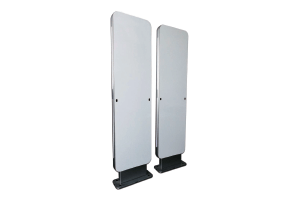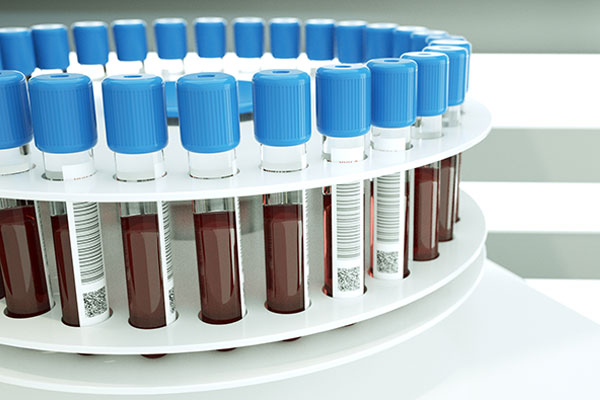In the intricate web of modern healthcare, efficiency and traceability have become not just operational goals, but ethical imperatives. The safe handling of pharmaceuticals and medical consumables underpins patient care and public health. As hospitals, clinics, and pharmacies grow more complex, the demand for streamlined inventory management, accurate tracking, and real-time visibility intensifies. Amid these challenges, RFID emerges as a quiet revolution—one that is reshaping the way medications and consumables are monitored, stored, and transported.
The Promise of Visibility in a World of Variables
In healthcare supply chains, the smallest mistake can have enormous consequences. A mislabeled vial, a misplaced box of syringes, or an expired medication slipping into circulation are not mere logistical issues—they are potential catalysts for harm. RFID, with its ability to automate identification and data capture, addresses the fundamental need for visibility across this high-stakes environment.
Unlike traditional barcoding, RFID requires no direct line-of-sight and enables multiple items to be read simultaneously. This simple distinction unlocks a world of operational advantages. Imagine a pharmacy technician performing an inventory check in a fraction of the time it once took, or a nurse receiving immediate confirmation that a medication has not expired and is being administered to the correct patient. These aren’t abstract promises—they’re daily realities in RFID-enabled healthcare systems.

Hospitals equipped with RFID infrastructure report measurable improvements in tracking accuracy and labor efficiency. Items embedded with RFID tags—whether they are IV bags, surgical tools, or unit-dose medications—can be identified, located, and authenticated in real time. Errors caused by manual entry are reduced dramatically, freeing healthcare workers to focus on patients rather than paperwork. RFID also supports greater accountability, with every transaction logged, timestamped, and traceable back to a specific individual or department.
More critically, RFID enables a dynamic, not static, form of inventory management. Instead of relying on scheduled audits or reactive restocking, healthcare facilities can shift toward predictive replenishment models. When an RFID-tagged surgical glove or infusion pump is removed from a smart cabinet, that event can trigger automated inventory updates or reorder alerts. In high-turnover environments where availability is non-negotiable, this can mean the difference between smooth operations and supply disruptions.
Protecting Patients Through Enhanced Drug Security
The safety of pharmaceuticals extends beyond logistics—it encompasses authenticity, handling conditions, and access control. In these areas, RFID doesn’t merely streamline; it safeguards.
Counterfeit drugs are a growing global concern, especially in complex distribution chains that span continents and involve multiple intermediaries. RFID technology, when integrated into pharmaceutical packaging, acts as a digital certificate of authenticity. Each tag contains a unique identifier that can be verified at any stage—from the manufacturing floor to the patient’s bedside. This level of traceability makes it significantly harder for fake or diverted products to infiltrate legitimate supply chains.
Temperature-sensitive medications, such as insulin or biologics, present another dimension of risk. Even brief deviations from recommended storage conditions can compromise efficacy or safety. By pairing RFID with temperature sensors, hospitals and distributors can monitor cold chain compliance with real-time alerts and historical logs. If a breach occurs, stakeholders can isolate affected batches quickly, preventing compromised products from reaching patients.
Moreover, RFID supports restricted access to controlled substances. In many modern hospital pharmacies, medications are stored in RFID-enabled cabinets that open only when authorized personnel authenticate themselves—often using a combination of staff ID and digital audit trails. Every interaction with the drug inventory is recorded, providing transparency and reducing opportunities for misuse or theft.
Even the seemingly mundane process of drug returns benefits from RFID. When a drug is recalled or returned due to damage or expiry, RFID tags simplify the identification and segregation process. Instead of relying on manual cross-checking, staff can instantly isolate affected products by scanning entire batches, avoiding both human error and administrative delay.
Creating a Resilient Supply Chain for the Future
The events of recent years, including global pandemics and regional supply disruptions, have laid bare the vulnerabilities in healthcare logistics. To build resilience, hospitals and suppliers must embrace technologies that offer both agility and precision. RFID, with its dual capability for real-time insight and historical analysis, is a natural fit.
By embedding RFID at every stage—from production lines to patient delivery—organizations gain a digital map of product movement. This map doesn’t just inform them where a product is; it reveals how often it’s used, how long it remains in storage, and how consumption patterns shift over time. Armed with this knowledge, supply chain managers can make smarter procurement decisions, reduce overstocking, and avoid critical shortages.
RFID also supports cross-institutional coordination. Large healthcare networks can centralize data from multiple hospitals and clinics, using shared dashboards to manage inventory, track usage, and transfer surplus stock where it’s needed most. This is especially vital in emergency response scenarios, where minutes matter and logistics must move at the speed of need.
On the back end, RFID-generated data feeds into larger digital ecosystems. Integration with hospital information systems (HIS), electronic medical records (EMR), and enterprise resource planning (ERP) software allows for seamless coordination across departments. Finance teams can reconcile purchasing and usage data in real time. Clinical staff can match medication administration logs with patient records. Compliance officers can run audits without setting foot in a storage room.
Of course, implementation is not without its challenges. Costs, infrastructure readiness, and privacy concerns must be navigated thoughtfully. But as RFID technology becomes more affordable and user-friendly, its adoption curve in healthcare is bending upward. Already, forward-thinking hospitals are expanding RFID applications beyond pharmacy and supply rooms—into patient tracking, surgical instrument sterilization, and beyond.
In essence, RFID is no longer just a tool for counting items. It’s a framework for transforming how care is delivered. It embeds intelligence into objects, creates transparency across processes, and elevates safety from a goal to a guarantee.
Conclusion
The intersection of healthcare and technology is often measured by clinical innovations. But sometimes, it’s the invisible systems—the tags on a vial, the sensors in a drawer, the data quietly flowing in the background—that produce the most profound change. RFID’s role in optimizing the flow of pharmaceuticals and consumables is not just about efficiency; it’s about trust. Trust that the right medication is in the right place, at the right time, for the right patient. In that trust lies the future of safer, smarter, and more sustainable healthcare.
